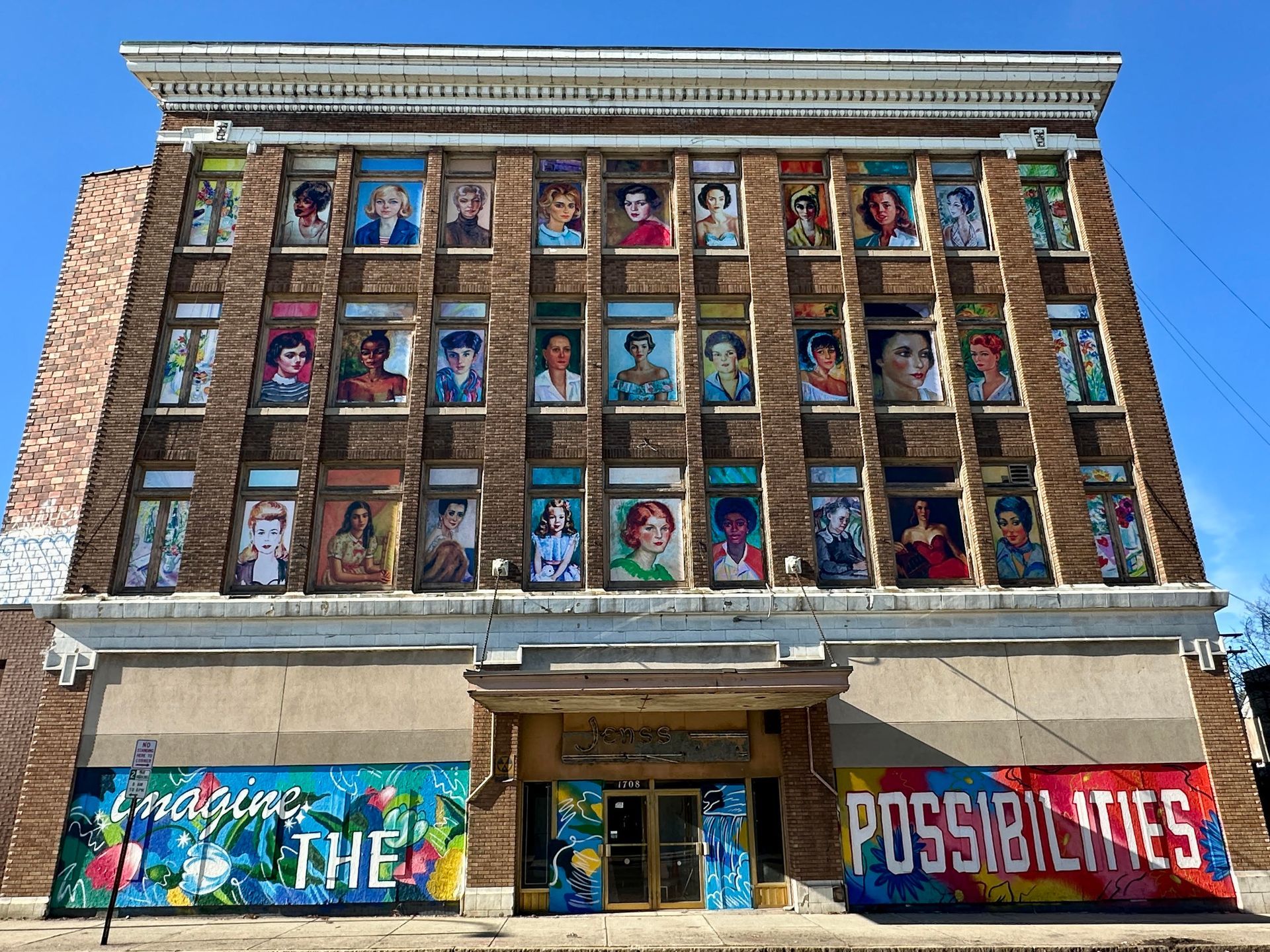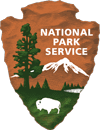Niagara Falls in the 20th Century
Like the immigrants who came to Niagara Falls and shaped our vibrant city, we are called upon today to "Imagine the Possibilities."
In the twentieth century, those who called Niagara Falls, New York home not only bore witness to the rapid growth and decline of our city, but also to the millions of visitors who have traveled to experience the mighty cataracts.
Generations of families made Niagara Falls their home and created the vibrancy of our city. They arrived in America as immigrants, finding jobs building the massive hydroelectric power empire or laboring in the chemical industries that sprang up around it.
Small family-owned businesses stretched along tree-lined boulevards. Niagara Falls was truly the “City in the Park” with every street designed to be an extension of Niagara Falls State Park, a place of respite and wonder and, of course, the Honeymoon Capital of the world.
Impacted by the Great Depression, World War II, and the Cold War, Niagara Falls was further shaped by large industries that fueled the local economy with middle-class salaries, strong local businesses, civic organizations, and ample revenue to support the city’s infrastructure.
From the 1970s onward, Niagara Falls, like many industrial cities in the Northeast United States, began to decline. In the 1980s and 1990s, industrial factories that employed thousands of Niagara Falls residents, such as Hooker Chemical and Nabisco, ceased their operations. Driven by supply costs, labor demands, and the availability of cheaper production in other areas of the world, factories, jobs, and people left Niagara Falls. All areas of life including religious institutions, civic organizations, and family-owned businesses were affected, many closing their doors forever.
To make matters worse, those same early chemical industries created the world’s first superfund site, Love Canal, which raised the alarm about the horrific environmental consequences of unregulated industry. Compacting these factors, the Robert Moses Parkway was constructed, diverting tourists from Main Street businesses. This economic downturn in the city led to the rise of “urban renewal,” wherein new construction projects were announced that would ensure new jobs and increased tourism.
However, these urban renewal efforts only devastated the city, cratering historic districts and neighborhoods, and removing city residents from their built past. Hundreds of buildings, blocks, neighborhoods, and homes were torn down for new development that, for the most part, never materialized. The population in Niagara Falls dropped to 50% of what it was in the 1950’s, decimating Main Street, municipal revenue, and small business districts throughout the city.
Main Street, a place once filled with life, anchored in memories of many, still mostly stands. Its heart beats through buildings like the Jenss, giving hope for the future by the mere fact that it stands regally in the place where it was built. A mural on the building asks all of us to “Imagine the Possibilities” of a revitalized Main Street and a city that rises with new generations who fall in love with the beauty of Niagara Falls.
For more stories of the Niagara and Western New York region, visit discoverniagara.org
Sara Capen


